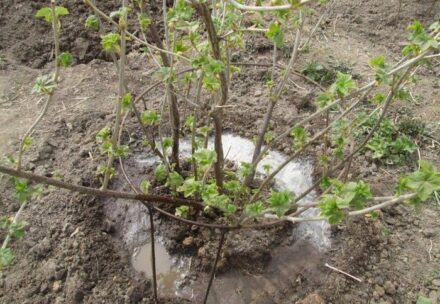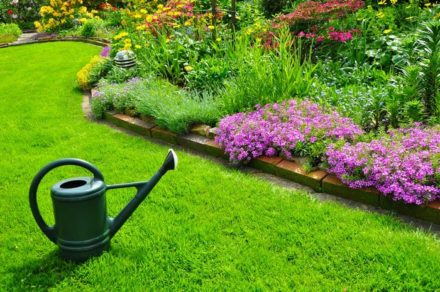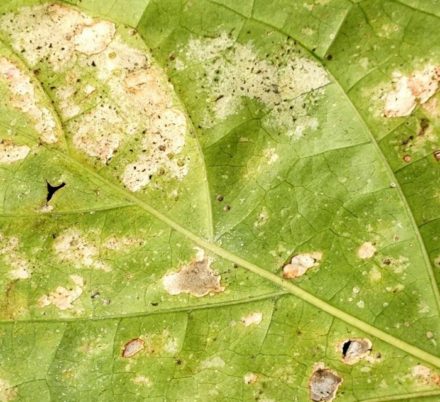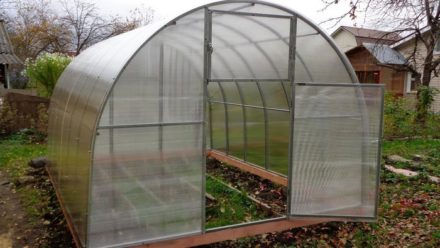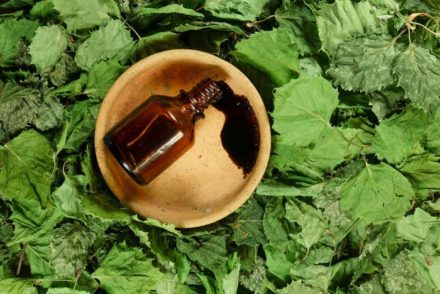With the onset of spring comes the time for active control of pests of garden crops, including the larvae of the cockchafer. They live in the soil, eating roots, which leads to the death of plants. The Khrushchev larva poses the greatest threat to strawberry plantings and most vegetable and flower crops. To save the area from this pest, it is necessary to begin the fight in early spring.

Biological protection
In the spring, commercial preparations containing natural enemies of the cockchafer can be added to the dug soil.
More often, mixtures containing live populations of nematode eggs are used. This microscopic but very voracious worm quickly destroys the larvae in the ground. The most popular preparations among gardeners are:
- "Nemabakt";
- "Etonem-F."
Such preparations do not harm the environment and are completely safe for humans and animals. However, nematodes do not survive the Russian winter. They must be added to the soil every spring.
If the infestation of larvae is not very strong, then in the spring you can add preparations with Beauveria bassiana to the soil. The spores of this fungus release substances that are poisonous to the cockchafer and other pests, destroying them.
Living defense
May beetle larvae are the favorite food of many animals and birds. The hedgehogs living on the site enjoy them.
Starlings are good at catching these pests.In early spring, you can attract this orderly bird to your site by hanging several birdhouses.
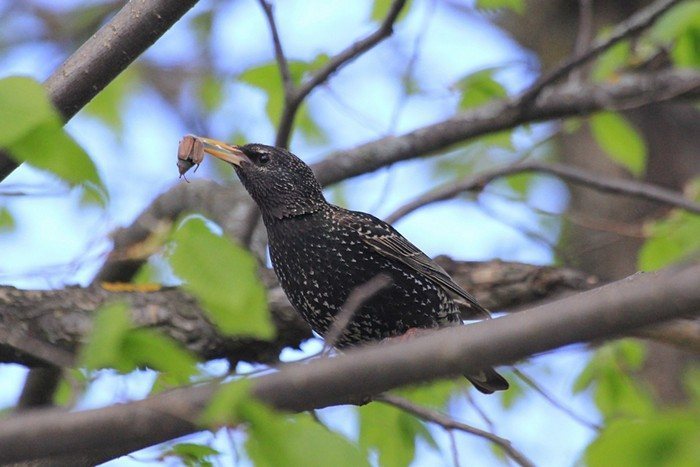
Chemical protection
If the soil is heavily contaminated, treatment with chemical pesticides cannot be avoided. They are introduced in early spring into dug up soil. It is advisable to apply the mixture several days before planting. These drugs include insecticides that specifically destroy soil pests:
- "Zemlin";
- "Pochin";
- "Aktara";
- "Vallar";
- "Anti-Khrushch."
When applying pesticides, it is necessary to comply with the recommended concentrations and rules of use prescribed in the instructions.
Spring prevention
To prevent soil contamination by beetle larvae, spring work should include a number of activities:
- Manual collection of adult beetles that appear on the site in May. To do this, you can use traps with a light source or catching belts.
- Abundant mulching of the soil with the addition of pine needles.
- Planting strawberries in early May can be watered with 75% karbofos or a solution of ammonia. This will repel adult beetles and protect the plants from their clutches.
- Planting fragrant plants such as garlic, marigolds, and radishes along the edges of the beds also repels insects.
Such actions do not significantly reduce the number of beetles, but they repel female beetles. They are looking for another place for their clutches, away from protected beds.
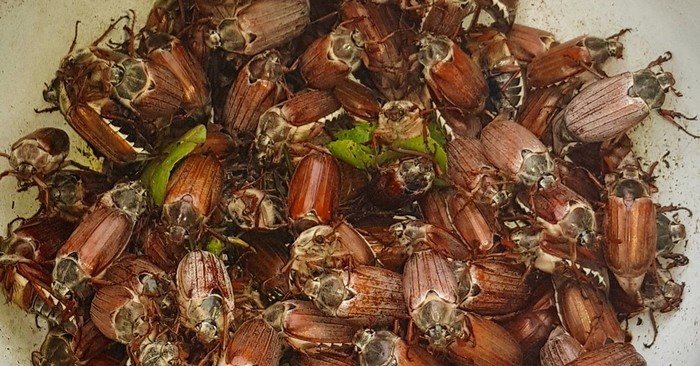
In the fight against the cockchafer, it is important to adhere to the spring deadlines for treatments and preventive work. You shouldn’t wait until summer and the first signs of plant death. Khrushchev larvae can destroy all the results of a gardener’s hard work in a short time.


